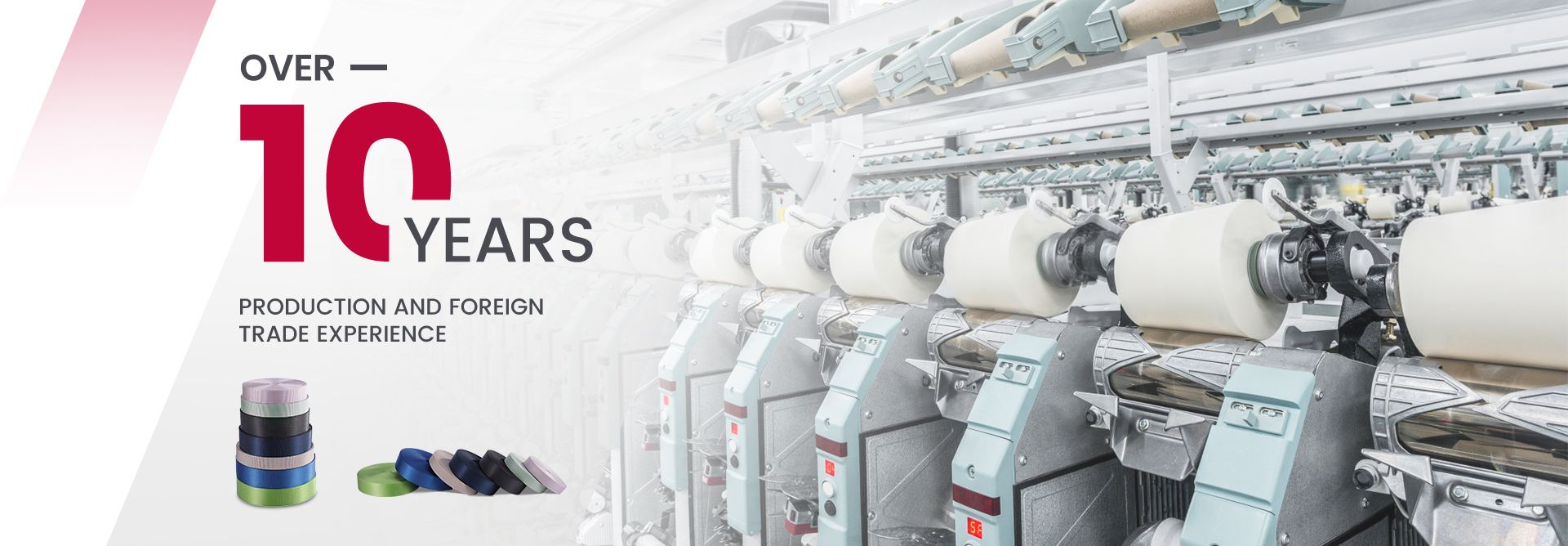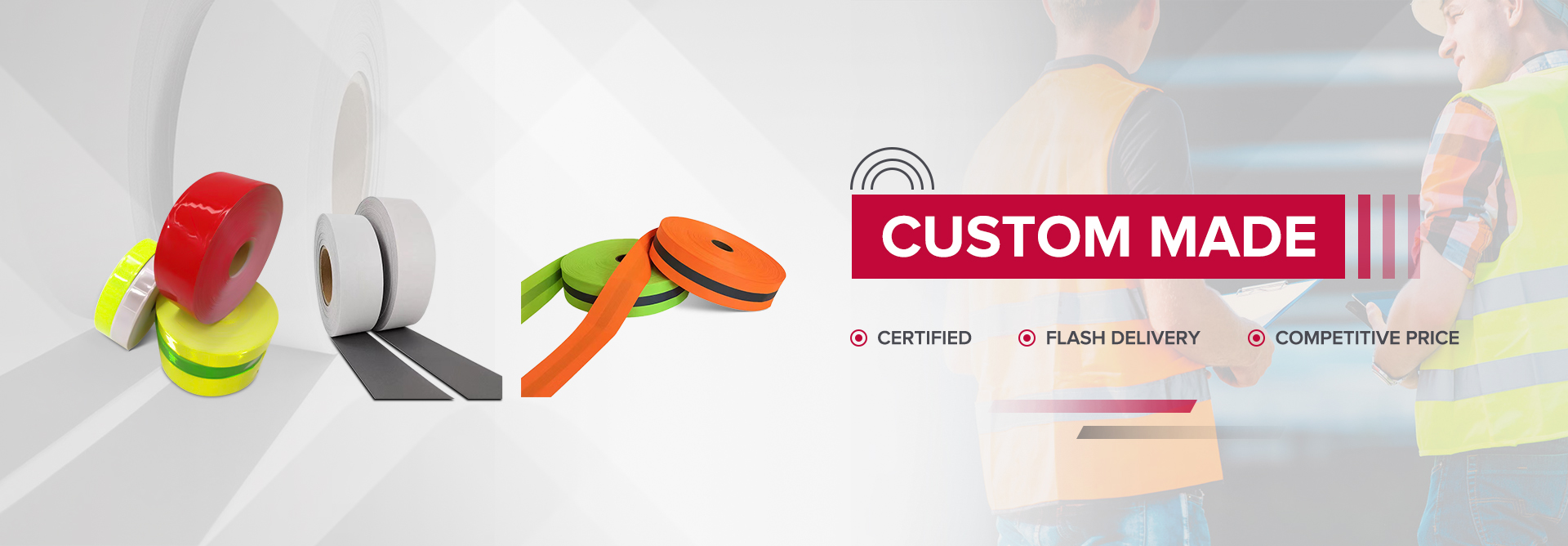Hook-and-loop fasteners are a flexible fastening choice for canvas crafts, home décor, and other applications. Hook-and-loop tape is constructed of two distinct synthetic materials — nylon and polyester — and although they seem almost similar, each substance has its own set of advantages and disadvantages. First, we'll go over how hook-and-loop tape works and why you'd select it over another kind of fastener. Then, to assist you determine which material is most suited for your purpose, we'll go through the distinctions between polyester and nylon hook and loop.
How Do Hook and Loop Fasteners Work?
Hook and loop tape is composed of two tape sections. One tape has tiny hooks on it, while the other has even smaller fuzzy loops. When the tapes are pushed together, the hooks catch in the loops and momentarily bind the pieces together. You may separate them by pulling them apart. The hooks produce a characteristic tearing sound when they are withdrawn from the loop. Most hook and loop can be opened and closed around 8,000 times before losing holding power.
Why Do We Use Hook and Loop?
There are many different sorts of fasteners to pick from, such as zippers, buttons, and snap closures. Why would you use hook and loop straps in a sewing project? There are certain distinct advantages to employing hook and loop fasteners over other types of fastening. For one thing, hook and loop is quite simple to use, and the two pieces lock together fast and easily. Hook and loop is a practical alternative for folks who have hand weakness or dexterity concerns.



Nylon Hook & Loop
Nylon hook and loop is very durable and resistant to mildew, stretching, pilling, and shrinking. It also gives good strength. The shear strength of this material is superior to that of polyester hook and loop, but its resistance to UV radiation is only moderate. Although it dries rapidly, nylon is a material that absorbs water and won't function correctly until it is completely dry. On the other hand, it does have a better cycle life than polyester hook and loop, which means that it may be opened and closed a greater number of times before showing signs of wear.
Nylon Hook & Loop Characteristics/Uses
1、Better shear strength than polyester hook and loop.
2、Does not work when wet.
3、Lasts longer than polyester hook and loop.
4、Recommended for dry, indoor applications and occasional outdoor use.

Polyester Hook & Loop
Polyester hook and loop is created with the idea that it will be exposed to the elements for extended periods of time. When compared to nylon, it exhibits superior resistance to mildew, stretching, pilling, and shrinking, and it is also resistant to chemical damage. Polyester does not absorb water as nylon does, thus it will dry much more quickly. It is also more resistant to UV rays than nylon hook & loop, making it the superior option for use in situations where there will be extended exposure to the sun.
Polyester Hook and Loop: Characteristics and Applications
1、UV, mildew, and strain resistance are all included.
2、Rapid evaporation of moisture; does not absorb liquids.
3、Highly recommended for use in maritime and extended outdoor environments.

Conclusions
We suggest going with nylon velcro cinch straps for products that will be used inside, such as cushions and curtain tiebacks, or for applications that will have little exposure to the elements outside. We suggest utilizing polyester hook and loop tape for outdoor applications in general, as well as for use on boat canvases. Because every hook and loop is attached to a woven tape, we recommend covering one side of the hook and loop with your fabric to increase the tape's longevity, particularly for use in applications that are exposed to the elements.
Post time: Oct-22-2022



